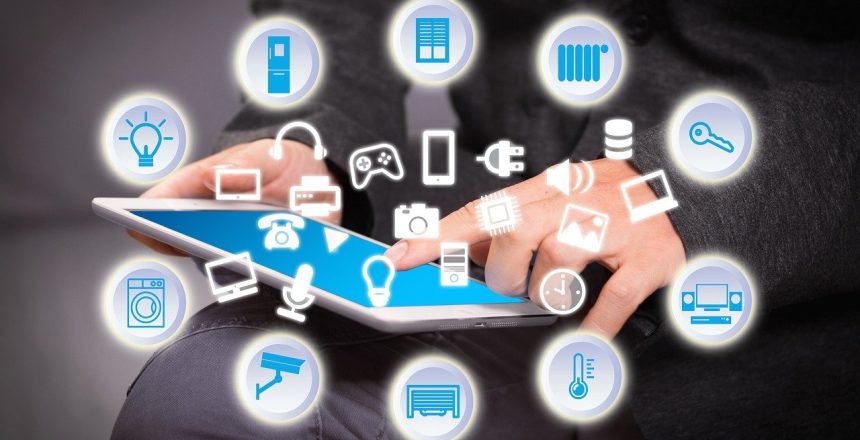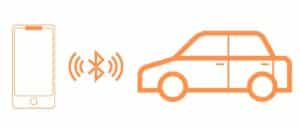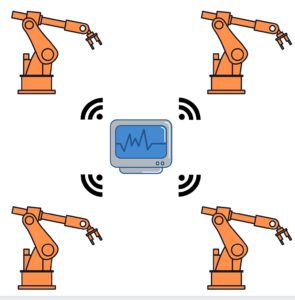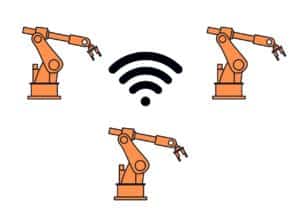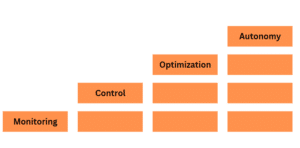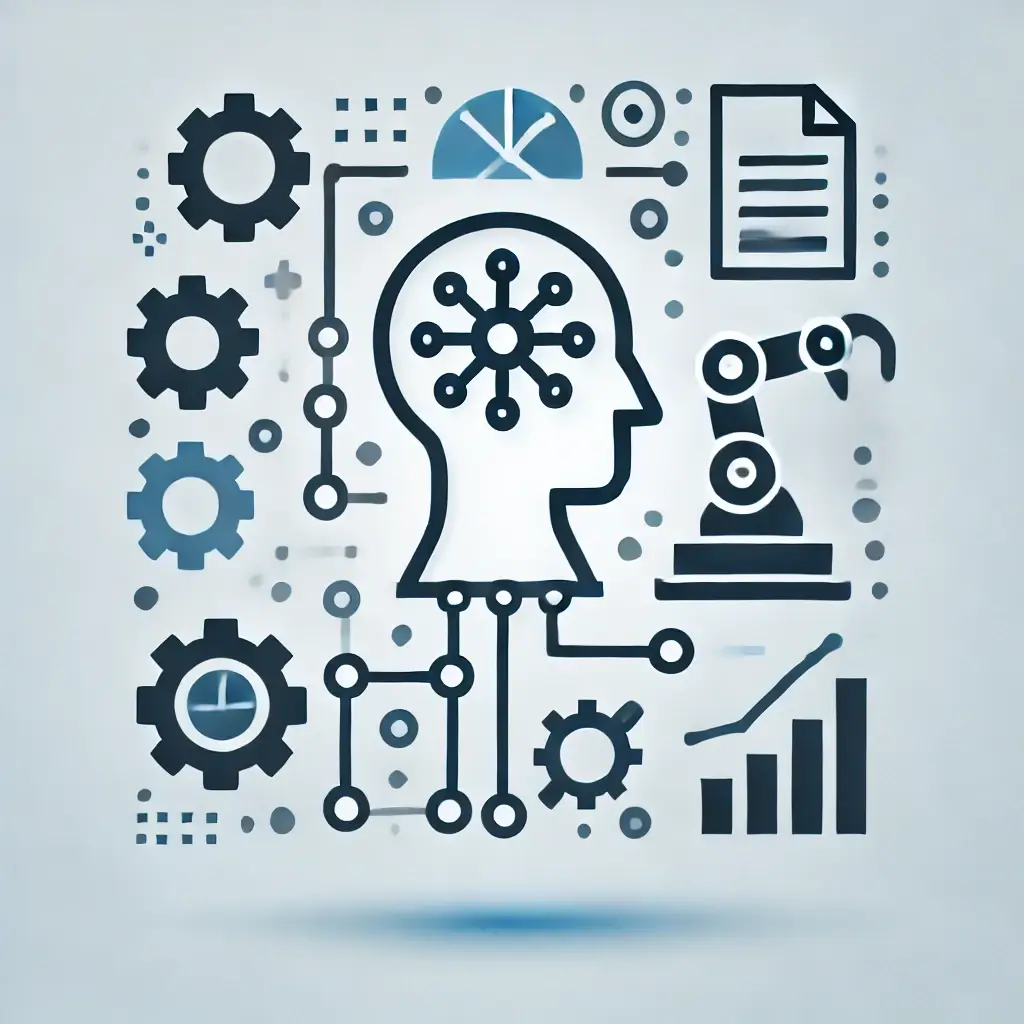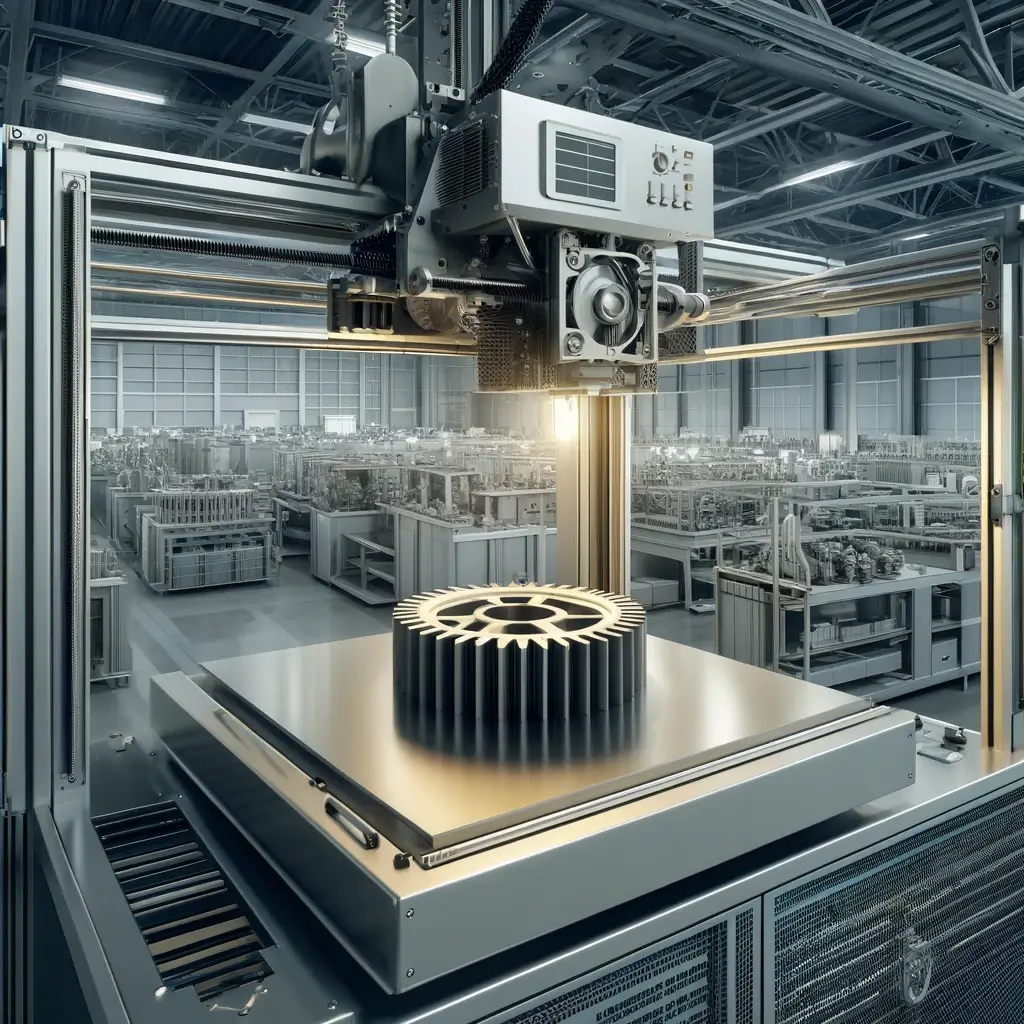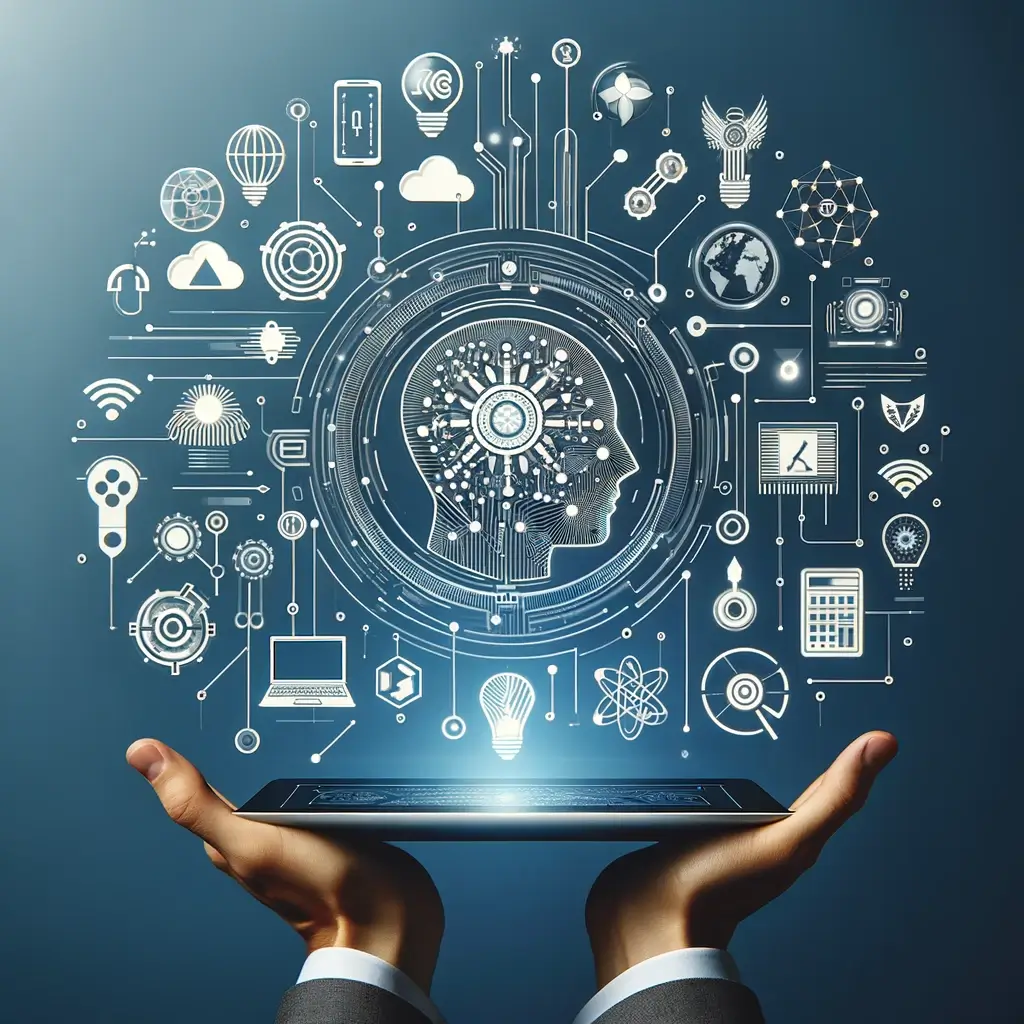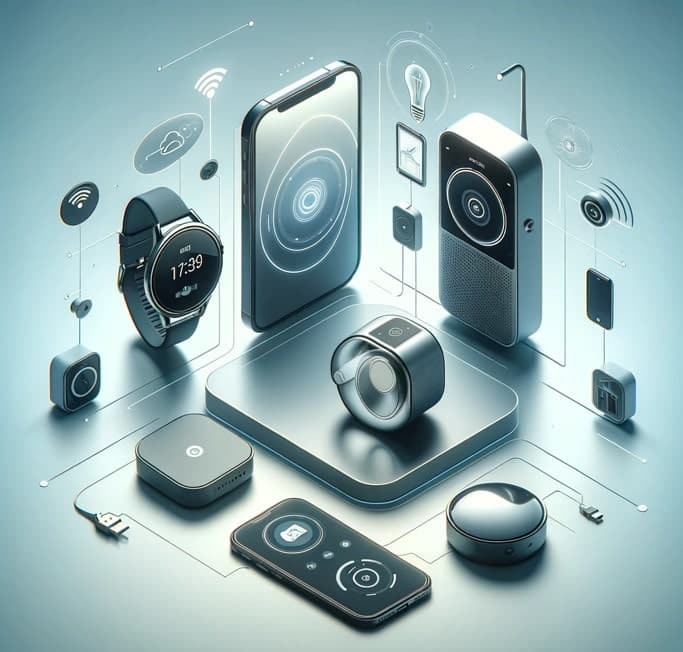In the age of digitalization and connectivity, a new class of products is emerging that defies traditional categorization. Dubbed “smart products,” these items are fundamentally reshaping the landscape of industries, impacting everything from manufacturing processes to end-user experiences.
As we delve deeper, we’ll explore the essence of smart products, their components, and the varying capability levels that set them apart, drawing insights from the comprehensive work of Porter and Heppelmann.
If you’re eager to delve deeper and this overview doesn’t fully satisfy your curiosity, I highly recommend exploring these two enthralling publications for a more comprehensive understanding.
| Book Title | The Routledge Handbook of Smart Technologies | The Implementation of Smart Technologies for Business |
| Primary Focus | Comprehensive understanding of smart technologies and their digitization. | Implementation of smart technologies for business growth and sustainability. |
| Target Audience | Tech professionals, students, and anyone interested in digital transformation. | Business leaders, entrepreneurs, and technology enthusiasts focused on business applications of smart tech. |
| Content Scope | Broad coverage of technological and organizational innovations in smart technologies across various sectors. | Focus on practical application and case studies of smart technologies in business settings. |
| Practical Application | Real-world examples and case studies to illustrate the impact of smart technologies. | Practical strategies and insights for implementing smart technologies in businesses, especially during challenging times. |
| Critical Analysis | Balanced examination of both the potential and challenges of smart technologies. | Discussion on the challenges and pitfalls of implementing smart technologies in business environments. |
| Relevance | Provides a panoramic view of smart technologies, suitable for a general understanding. | Highly relevant for businesses adapting to post-pandemic challenges and looking for sustainable solutions. |
| Best For | Gaining a comprehensive understanding of smart technologies in a broad sense. | Business-focused readers seeking practical insights for applying smart technologies for growth and sustainability. |
| Where to Buy? |
|
|
| To Know More | OUR REVIEW | OUR REVIEW |
What are smart products?
Smart products are revolutionizing the business landscape, redefining value chains, and broadening the horizon for competitive advantage.
Essentially, these connected products are devices that communicate via the internet, sharing insights about themselves, their surroundings, or the users they serve. Three primary components characterize them: the physical, the intelligent, and the connectivity facets.
Main Components of Smart Products
Physical components
These are the tangible parts, often mechanical or electrical in nature.
For instance, Porter & Heppelmann (2014) cite a car’s engine block, tires, and battery as its physical components.
Intelligent components
Intelligent components breathe life into the product, comprising elements like sensors, microprocessors, data storage, and software.
For a car, this might include touch screens, adaptive lighting systems, or parking aids.
Connectivity components
This dimension encompasses the mediums enabling communication—like USB ports, antennas, and wireless protocols.
Porter and Heppelmann classify connectivity into three types: one-to-one, one-to-many, and many-to-many, each dictating how products interact with other entities, be it users, manufacturers, or other products.
Connectivity – One-to-one
One-to-one connectivity is when a single product is connected to the “user, manufacturer, or [yet] another product through a port or other interface.”
For example, when you connect your phone to a vehicle via a USB cable or via Bluetooth.
Connectivity – One-to-many
This type of connectivity is represented by a central system that communicates with several products simultaneously. Communication can be continuous or intermittent.
Connectivity – Many-to-many
This last type of connectivity corresponds to several “products connected to several other types of products or external data sources”.
What can smart products do?
Smart products open up new possibilities for businesses. Whether for marketing, after-sales service or product design.
Technological advances have made it possible to build batteries, microprocessors, etc. increasingly small and powerful. Data processing software, algorithms, and connectivity allow an infinity of new functionalities for products.
From now on, the products will be more and more efficient and adapted to their user since they will have the ability to analyze their environment and the habits of their user.
Example of a watch
For example, a watch equipped with an optical sensor and connected to software to measure and analyze heart rate. This could detect a heart abnormality and suggest an appointment with a doctor.
As a result, we no longer only sell an object that consists of indicating the time of day. The product is transformed from a simple watch to a health prevention tool. The possibilities become exponential.
Capability Levels of Smart Products:
Porter and Heppelmann propose a framework of four distinct capability levels for smart products: monitoring, control, optimization, and autonomy. Each subsequent level incorporates the functionalities of the preceding one, creating a hierarchy of capabilities.
Level 1: Monitoring
At this level, the product is minimally equipped with sensors that make it possible to monitor the state of these performances or that of the user. These will allow real-time monitoring and data logging.
With the help of external data sources, to keep a history of data, companies will be able to better analyze the operation and use of their product.
To illustrate this level, let’s take the example of the watch with an optical sensor that tracks its heart rate. Using an application in a cell phone (external data source), you can even keep a data history.
Level 2: Control
When a product reaches the control level, it is now possible to operate a command remotely with the help of an “algorithm integrated into the product or residing in the cloud of the product”. By “cloud”, we insinuate cloud computing.
As for the algorithms, they are rules in the programming of the product that “order it to respond to changes in its conditions or its environment”.
For example, a car with wipers that sense rain and then turn on. The car, the product, responds to changes in its environment (rain) using sensors.
We can therefore see that level 1 (monitoring) is an essential element at level 2. Without a sensor to monitor the evolution of the product and its environment, the product could not respond to them via algorithms.
Level 3: Optimization
The combination of Levels 1 and 2 allows products to reach Level 3 in several ways. By dint of accumulating data, it then becomes possible to develop tools to analyze it and increase product performance.
To illustrate this concept, let’s take the example of the watch. The watch software is used by a set of individuals. By dint of accumulating data, the algorithms will become more and more precise and will be able to detect more and more subtle problems. This will increase the added value of the product.
Level 4: Autonomy
The last level of capability is autonomy. That is to say, the product can perform tasks completely autonomously. At the simplest level, Porter and Heppelmann cite iRobot’s Roomba floor vacuum as an example.
Indeed, this vacuum uses sensors and software to scan and clean the floor. Additionally, the vacuum returns to its charge on its own and can be programmed to cycle at specific times of the day.
In more complex cases, stand-alone products can “learn about their environment, self-diagnose their need for service [(maintenance)], and adapt to user preferences. (Porter & Heppelmann, 2014)
At this level, the algorithms make use of artificial intelligence to learn about their environment and their user. This makes it possible to continuously optimize the product and make it autonomous (no human intervention).
Finally, here is one last example of a standalone product. Some drones self-pilot and stabilize in the face of fluctuations in their environment such as variations in wind, rain, obstacles, etc. These use different sensors, cameras, and software to achieve this level of autonomy.
Conclusion
The trajectory is clear: smart products will increasingly intertwine with our daily routines, necessitating shifts in how businesses operate, from product design to after-sales service.
As artificial intelligence continues its meteoric rise, the potential for smart products to evolve into autonomous entities grows.
As we stand on the brink of this transformative era, we’re left to ponder how these advancements will redefine industries and our very way of life.
Reference :

